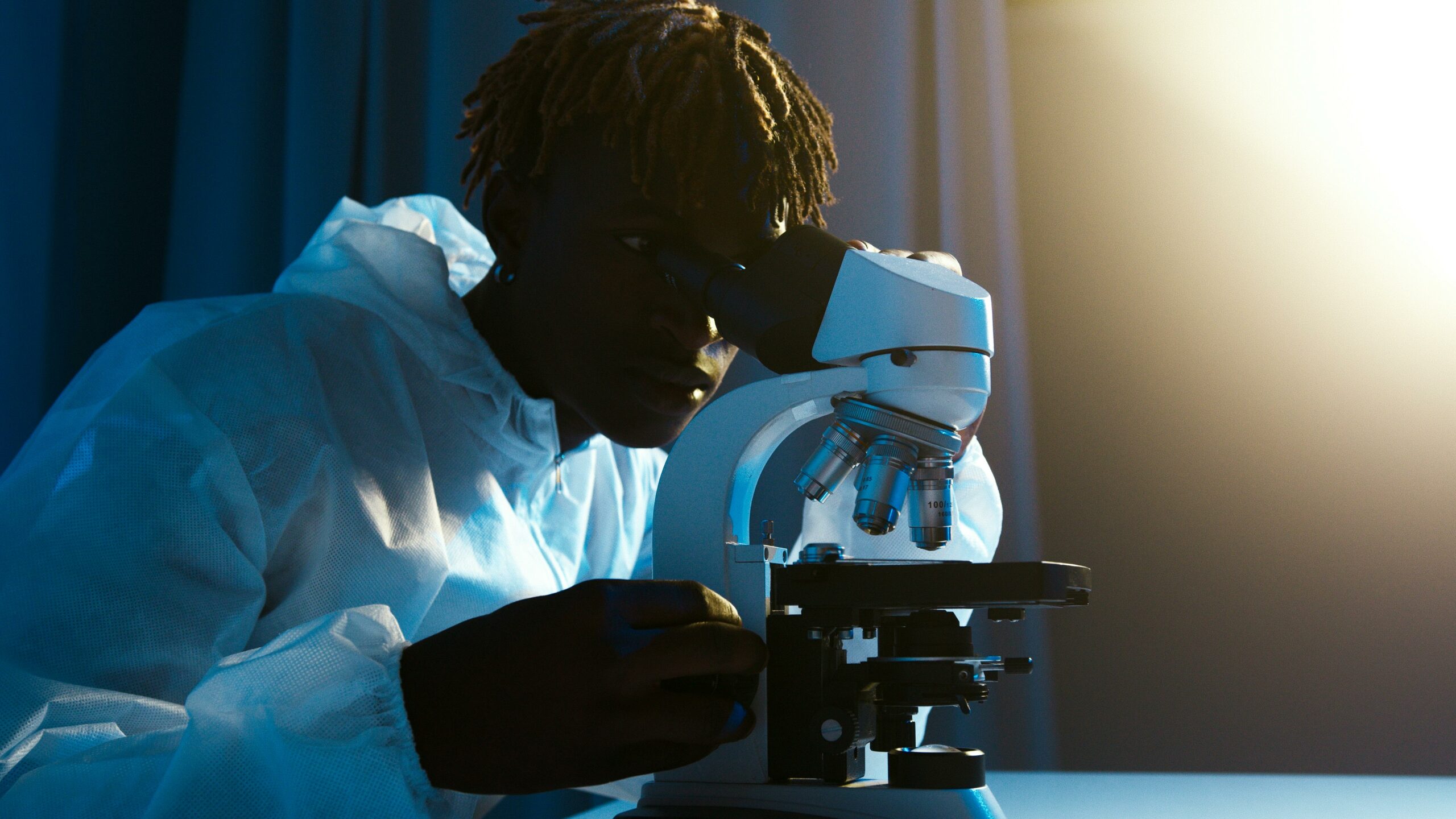Features
Ukandu Rightway: The Growing Myopia Epidemic in Nigeria

Imagine a world where children grow up unable to see the beautiful natural colours of life, where our amazing landscapes, from Obudu cattle ranch to the buzzing city skies of Lagos metropolis and even the waterfalls of the south, blur into a haze, and where the dreams of future leaders are clouded by a common condition: myopia, or shortsightedness. This isn’t just a far-off dystopian vision; it is the potential reality facing Nigeria now, as research reveals. Myopia threatens to escalate into a public health crisis that could affect millions, as it already affects millions.
Globally, the prevalence of myopia is increasing, with indications that by 2050, nearly half of the world’s population could be myopic if current trends continue. Recent studies in Nigeria have shown that myopia rates among school-aged children have doubled over the past decade, highlighting the seriousness of the issue.
One of the main contributing factors to the rise in myopia is the widespread use of digital screens in our modern age. With the omnipresence of smartphones, tablets, and digital toys and games, children are spending more time glued to screens, often at the expense of their eye health. Research has demonstrated a significant correlation between excessive screen time and higher rates of myopia. This is particularly true in urban areas where technology has become an integral part of daily life. Excessive screen use traps children in a cycle of eye strain, potentially compromising their future, whether the screen time is for entertainment, education, or both. Further research has shown that children who spend more time outdoors are less likely to develop myopia. Yet, urbanisation limits access to green spaces and recreational areas, leaving children with little choice but to retreat indoors, where digital screens become their primary source of distraction.
Moreover, the pressure of academic success heavily weighs on Nigerian students. The competition in educational environments intensifies, and the hours spent poring over textbooks for exams increase, often in poorly lit environments. This intense focus strains the eyes and can lead to a lifetime of vision impairment. The irony is that the pursuit of knowledge, an admirable goal, could be the catalyst for a public health crisis that impacts the future of Nigeria.
The lack of access to quality eye care worsens the current situation in Nigeria. The country faces significant challenges in providing adequate healthcare, especially in eye care. According to Vision 2020, a global initiative launched by the World Health Organisation (WHO) and the International Agency for the Prevention of Blindness (IAPB) to eliminate avoidable blindness by the year 2020, there are fewer than 2,000 registered optometrists to serve the Nigerian population of over 200 million. This shortage means that many people go without much-needed eye examinations and treatment, allowing conditions like myopia to go uncorrected. The consequence is a generation growing up with vision impairments that could have been prevented.
Looking to the future, the implications of a myopia epidemic are daunting. Imagine millions of Nigerians grappling with vision impairment, struggling in an increasingly competitive world where clear vision is not just a luxury, but a necessity. The economic burden of managing myopia could cripple an already burdened healthcare system. Additionally, untreated myopia threatens educational opportunities for children, limiting their potential in a society like ours that values education as a key to success.
To prevent myopia from becoming a major issue in Nigeria, we need a comprehensive approach. This involves raising awareness, improving access to eye care, and advocating for change. Public health campaigns should educate families about the risks of excessive screen time and highlight the importance of outdoor activities. Schools should include vision health in their curriculum and create environments that encourage outdoor play, as spending time in nature can help prevent myopia.
Expanding access to eye care services is crucial for managing the risks of myopia. Community outreach programs can help reach underserved communities and provide necessary eye care services. Training more optometrists and eye care professionals is essential to meet the growing demand.
Additionally, policies promoting healthy screen time habits and supporting outdoor activities are vital. Collaboration between local governments and community leaders is needed to create safe recreational spaces for children, fostering a culture of wellness.
It’s important to act now to prevent a potential myopia pandemic. Raising awareness and taking proactive measures can safeguard the vision of future generations. We shouldn’t wait until it’s too late to address this silent threat. Myopia is not just a vision problem; it’s a public health crisis that requires immediate attention. Together, we can ensure that Nigerian children grow up with unclouded vision and the ability to see the beauty around them.
***
Feature Image by Artem Podrez for Pexels






















